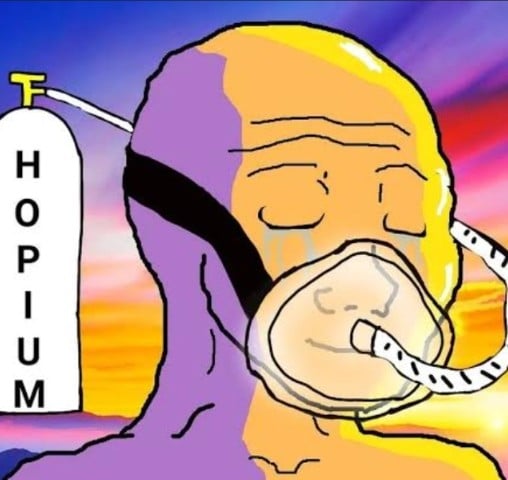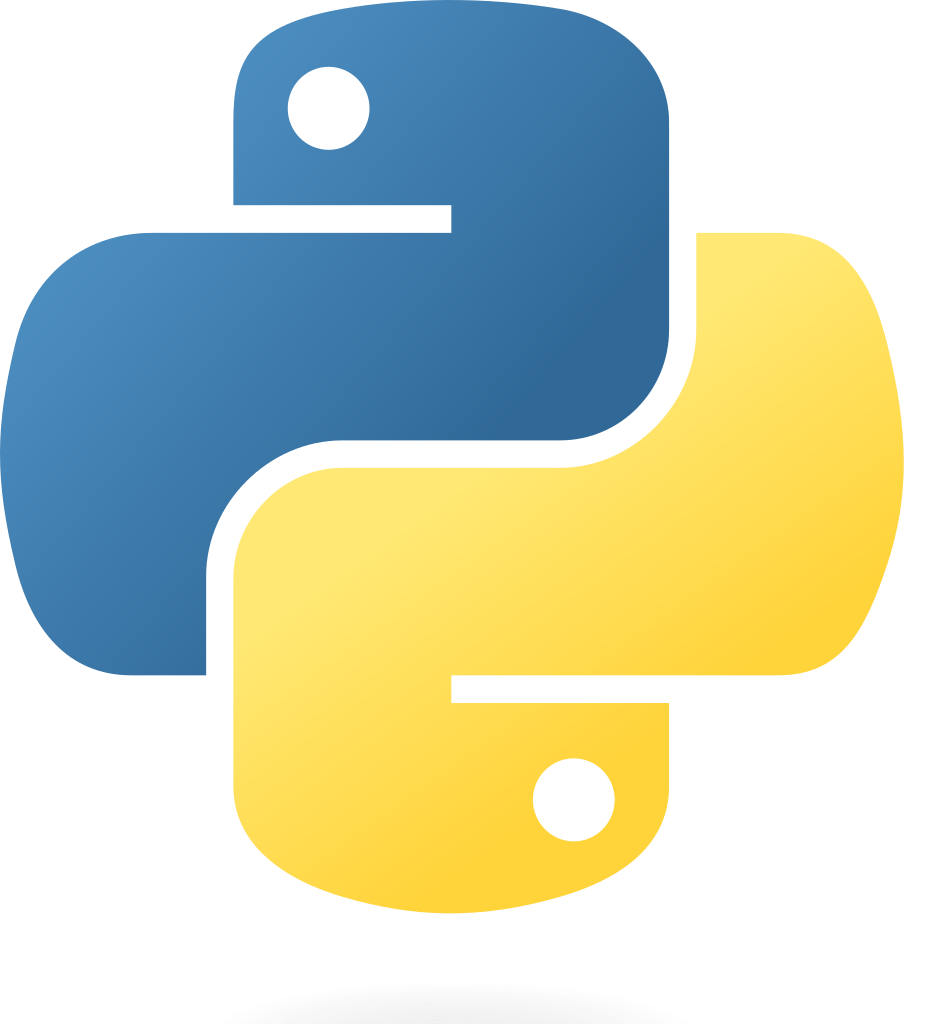

No, this is a very old joke that uses the fact the command has “fr” in it to trick people about what the command does. Joking aside, here’s what the command actually does:
rm is the command to delete files and folders
-f is the force modifier. This means it’ll keep going even if it encounters problems and just delete as much as it can
-r is the recursive modifier. That means it’ll go down every folder it sees in the target and delete the contents as well, and delete the contents of folders of folders, etc.
/ is the target. This is the root of the filesystem. If you’re used to Windows, that’s like targeting C:.
Put it all together, and this command basically deletes your whole filesystem. A safeguard was put in place a while back due to people meming about this and causing newbies to delete their whole system. Now it won’t work unless you put in --no-preserve-root, which tells rm that yes, you really mean it, please delete my whole system.
/* as the target works around that safeguard, because technically deleting everything in root is not the same as deleting root itself.












Citizens may have non-citizen friends and family who are potential targets.